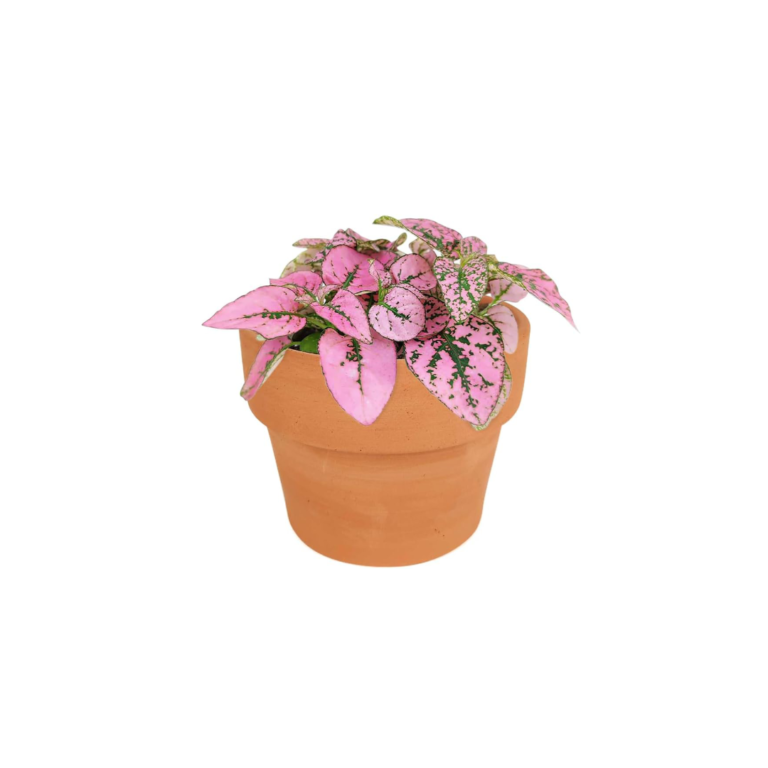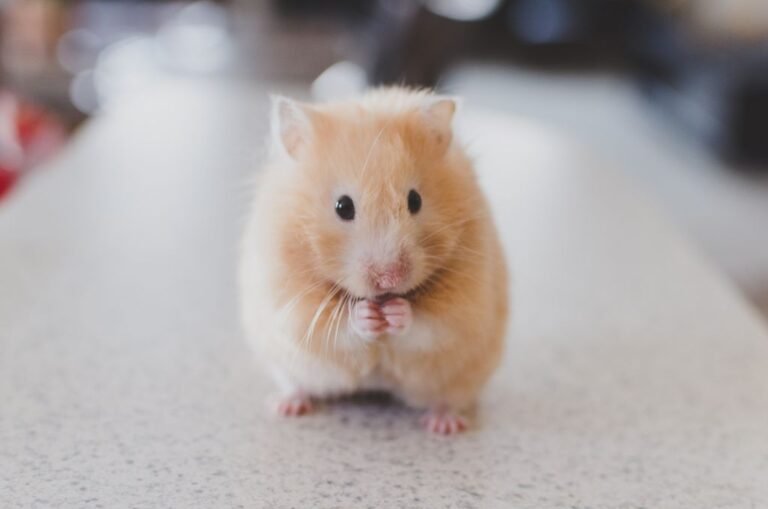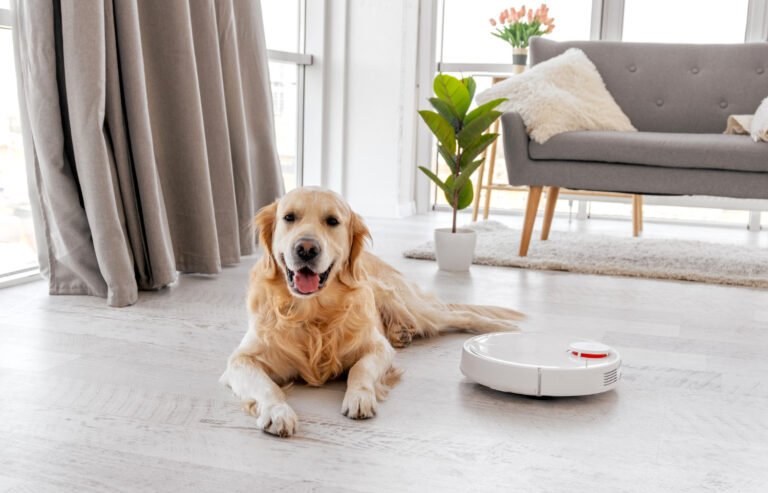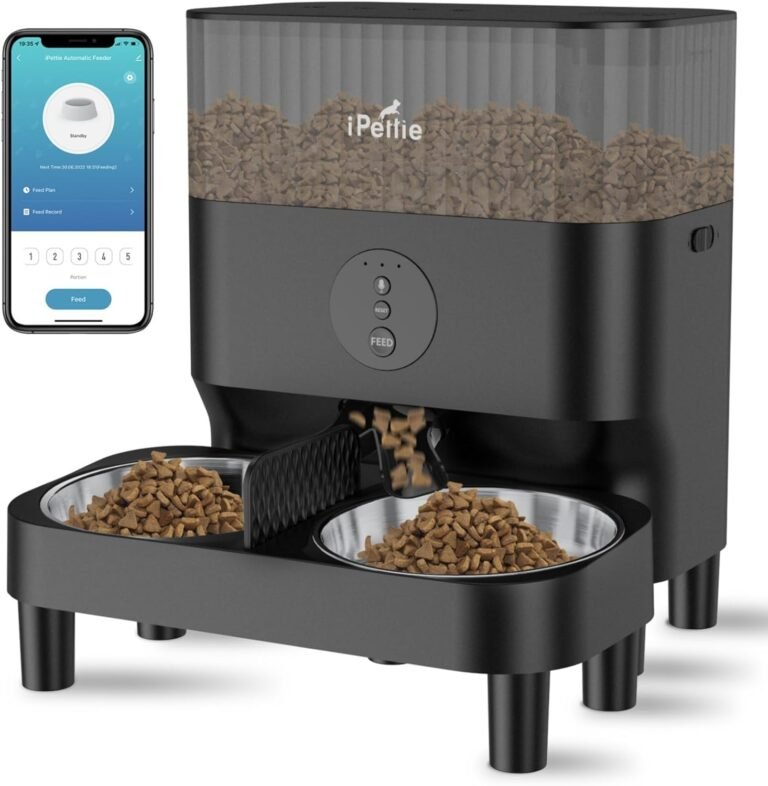Maximizing Small Spaces: Creative Ideas for Pet Owners
Living in a small space doesn’t mean you can’t have a furry friend! With some creativity and smart planning, pet owners can maximize their small spaces to create a comfortable and pet-friendly environment. In this article, we will explore various ideas and strategies for pet owners to make the most of their small spaces. From choosing the right pet to addressing behavioral issues, we will cover it all. Read on to discover how you can create a happy and harmonious home for both you and your pet.
Key Takeaways
- Consider the size and activity level of pets when choosing the right pet for a small space.
- Look for low-maintenance pets that require less space and attention.
- Research apartment-friendly breeds that are suitable for small spaces.
- Utilize vertical space to create more room for your pet.
- Invest in multi-functional furniture that can serve both you and your pet.
Choosing the Right Pet for a Small Space
Consider the Size and Activity Level
When choosing a pet for your small space, it’s important to consider their size and activity level. Size plays a crucial role in determining whether a pet can comfortably fit and move around in your home. Smaller pets like cats or small dogs are generally more suitable for small spaces. On the other hand, larger pets may feel cramped and restricted in a confined area. Additionally, activity level is another important factor to consider. Some pets, like certain dog breeds, require more exercise and mental stimulation than others. It’s essential to choose a pet that matches your lifestyle and can thrive in a smaller environment. By considering both size and activity level, you can ensure a harmonious living space for you and your pet.
Look for Low-Maintenance Pets
When choosing a pet for your small space, it’s important to consider the level of maintenance they require. Low-maintenance pets are ideal for busy individuals or those who prefer a more hands-off approach to pet care. These pets require minimal grooming and attention, allowing you to focus on other aspects of your life. Some examples of low-maintenance pets include fish, hamsters, and reptiles. These pets are relatively independent and can thrive in small spaces with minimal interaction. They are a great option for those with limited time or space. If you’re looking for a pet that doesn’t require daily walks or extensive grooming, consider adopting a low-maintenance pet.
Research Apartment-Friendly Breeds
When choosing a pet for your small apartment, it’s important to consider breeds that are well-suited to apartment living. Bulldogs, Great Danes, and Greyhounds are examples of breeds that often adapt well to smaller spaces. These breeds are known for their calm and low-energy nature, making them ideal companions for apartment dwellers. Additionally, they require less exercise compared to high-energy breeds, which is beneficial in a limited space. However, it’s important to note that every pet is unique, so it’s essential to spend time researching and getting to know the specific needs and temperament of the breed you are considering.
To help you make an informed decision, here are some factors to consider when researching apartment-friendly breeds:
- Size: Look for breeds that are small to medium-sized, as they require less space to move around.
- Activity Level: Consider breeds that have a lower activity level and are content with indoor exercise options.
- Noise Level: Some breeds are more prone to excessive barking, which may not be suitable for apartment living.
Remember, adopting a pet is a long-term commitment, so take the time to find a breed that fits well with your lifestyle and living situation.
Creating a Pet-Friendly Environment

Utilize Vertical Space
When living in a small space, it’s important to make the most of every inch. Utilizing vertical space is a lifesaver when it comes to creating a pet-friendly environment. Consider installing shelves or wall-mounted furniture to provide additional storage and play areas for your furry friend. This not only maximizes the use of space but also keeps your pet engaged and entertained. Additionally, you can hang toys or scratching posts from the walls to save floor space. By thinking vertically, you can create a functional and enjoyable space for both you and your pet.
Invest in Multi-Functional Furniture
When it comes to maximizing small spaces, investing in multi-functional furniture is key. Not only does it save space, but it also adds style and functionality to your home. Look for furniture pieces that serve multiple purposes, such as a coffee table with built-in storage or a sofa that can be transformed into a bed. These versatile pieces allow you to make the most of your limited space without sacrificing comfort or style.
In addition to saving space, multi-functional furniture can also help improve your Whisker Wellbeing. For example, a cat tree that doubles as a bookshelf provides your furry friend with a place to climb and play while also serving as a storage solution for your books. This not only keeps your cat entertained and active, but it also keeps your living space organized and clutter-free.
To make the most of your multi-functional furniture, consider the following tips:
- Choose furniture pieces that complement your existing decor. Look for pieces that blend seamlessly with your current style and color scheme.
- Opt for furniture with hidden storage compartments. This allows you to keep your belongings out of sight and maintain a clean and organized space.
- Experiment with different furniture arrangements. Don’t be afraid to rearrange your furniture to find the most functional layout for your space.
Remember, investing in multi-functional furniture is a smart and practical choice for pet owners living in small spaces. It not only maximizes your living area but also enhances the well-being of both you and your furry friend.
Designate a Pet Area
When creating a pet-friendly environment in your small space, it’s important to designate a specific area for your pet. This area can be a corner of the living room, a section of the kitchen, or even a small nook in your bedroom. By creating a designated pet area, you provide your pet with their own space where they can feel comfortable and secure. Home design plays a crucial role in creating this pet area. Consider using pet-friendly furniture that blends seamlessly with your existing decor. Incorporate cozy bedding, toys, and scratching posts to make the area inviting for your pet. Additionally, make sure the pet area is easily accessible and free from any potential hazards.
Maximizing Exercise Opportunities

Indoor Exercise Options
When it comes to providing exercise opportunities for your pet in a small space, there are several options to consider. Interactive toys are a great way to keep your pet entertained and active indoors. These toys can include puzzle toys, treat-dispensing toys, and interactive games that stimulate your pet’s mind and body. Playtime is also important for indoor exercise. Set aside dedicated play sessions where you engage with your pet using toys like feather wands, laser pointers, or interactive balls. Additionally, creating an obstacle course using furniture and household items can provide a fun and challenging workout for your pet. Encourage them to jump over cushions, crawl under tables, and weave through makeshift tunnels. Remember to always supervise your pet during playtime and ensure that the environment is safe and free from hazards.
Outdoor Exercise Strategies
When it comes to exercising your pet in outdoor spaces, there are several strategies you can implement to ensure they get the physical activity they need. Consider nearby parks as a great option for outdoor exercise. These spaces provide ample room for your pet to run and play, and they often have designated areas for off-leash activities. Daily exercise routines are important for keeping your pet healthy and happy. Establish a consistent exercise routine that includes walks, runs, or playtime in the park. This will not only provide physical stimulation but also mental stimulation as your pet explores new environments and interacts with other animals. Additionally, opt for pet-friendly flooring materials in your outdoor space. These materials are durable and easy to clean, making it easier to maintain a clean and comfortable environment for your pet.
Interactive Toys and Games
When it comes to keeping your pet entertained and active, interactive toys and games are a great way to maximize space while providing mental stimulation. These toys are designed to engage your pet’s natural instincts and keep them entertained for hours. Some popular options include puzzle toys, treat-dispensing toys, and interactive play mats. These toys not only provide physical exercise but also help prevent boredom and destructive behavior. By incorporating interactive toys and games into your pet’s daily routine, you can ensure they stay happy and healthy in your small space.
Managing Pet Waste in a Small Space
Choose the Right Litter Box
When it comes to managing pet waste in a small space, choosing the right litter box is crucial. A litter box that is too large can take up valuable space, while a litter box that is too small may not provide enough room for your pet to comfortably do their business. Look for a litter box that is the appropriate size for your pet, taking into consideration their size and any specific needs they may have. Additionally, consider the type of litter box that will work best for your space. There are various options available, including covered litter boxes that help contain odors and mess, as well as self-cleaning litter boxes that make maintenance easier. Proper waste management is essential to keeping your small space clean and odor-free.
Establish a Routine
Establishing a routine for regular breaks not only enhances productivity but also promotes a healthy work-life balance. By stepping away from work-related responsibilities at intervals, you can return to your tasks with renewed energy and focus, ultimately leading to greater efficiency and creativity. Remember, breaks are not a luxury but a necessity for maintaining equilibrium in your daily routine. Embrace these interludes as opportunities to recharge, connect with loved ones, and nurture your overall well-being.
Set boundaries and prioritize tasks. Communicate with your employer about flexible work hours if needed. Delegate tasks at home and ask for help when necessary. Remember to take breaks and make time for self-care.
Delegate Responsibilities
When juggling the demands of work and home, the art of delegation can be a game-changer. Recognizing that you don’t have to do everything yourself and empowering others to share the load can significantly reduce stress and increase efficiency. Delegate household chores, such as cleaning and cooking, to family members or consider hiring help if feasible. By distributing responsibilities, you create more time and mental space to focus on your pet and enjoy quality moments together.
Utilize Technology
Embracing technology can also streamline task management. Utilize digital calendars, task management apps, and reminder systems to stay organized and ensure important tasks are not overlooked. Set reminders for feeding times, grooming appointments, and veterinary visits to ensure your pet’s needs are met. Additionally, explore pet care apps that offer tailored meals and exercise plans for your furry friend. These tools can help you stay on top of your pet’s well-being while managing your other responsibilities.
Create a Pet-Friendly Schedule
Integrating your pet into your daily routine is essential for their well-being and your bond with them. Establish a consistent schedule for feeding, exercise, and playtime. This not only provides structure for your pet but also helps you manage your time effectively. Consider incorporating interactive toys and games into your pet’s schedule to keep them mentally stimulated and entertained. Remember, a well-structured routine ensures that your pet’s needs are met while allowing you to maintain a balanced and fulfilling life in your small space.
Consider Outdoor Potty Options
When living in a small space, it’s important to consider outdoor potty options for your pet. Roundup a few ideas that can help make this process easier and more convenient. One option is to create a designated potty area on your balcony or patio. This can be done by using a grass patch or a litter box filled with artificial grass. Another option is to train your pet to use a portable potty pad. These pads are designed to absorb liquid and control odor, making them a great solution for small spaces. Additionally, you can explore nearby parks or dog-friendly areas where your pet can relieve themselves. Remember to always clean up after your pet to maintain a clean and hygienic environment.
Addressing Behavioral Issues
Provide Mental Stimulation
Establishing a routine for regular breaks not only enhances productivity but also promotes a healthy work-life balance. By stepping away from work-related responsibilities at intervals, you can return to your tasks with renewed energy and focus, ultimately leading to greater efficiency and creativity. Remember, breaks are not a luxury but a necessity for maintaining equilibrium in your daily routine. Embrace these interludes as opportunities to recharge, connect with loved ones, and prioritize self-care. Whether it’s incorporating short mindfulness exercises into your daily routine, taking regular exercise breaks, or simply stepping outside for a breath of fresh air, these intentional acts of self-care can rejuvenate your mind and body, enhancing your capacity to handle both work and family commitments. For pet owners, these breaks can also be used to engage with their furry companions. A quick play session, a cuddle break, or a leisurely stroll with your pet can inject moments of joy and relaxation into your day, benefiting both you and your beloved animal companion.
Address Separation Anxiety
One common challenge for pet owners who work from home is addressing separation anxiety. When you’re constantly present, your furry friend may struggle with being alone when you do need to step out. Here are some tips to help alleviate separation anxiety:
- Create a designated pet area: Set up a cozy space for your pet with their bed, toys, and familiar scents. This will provide them with a sense of security and comfort.
- Establish a routine: Stick to a consistent schedule for feeding, playtime, and walks. Predictability can help reduce anxiety.
- Provide mental stimulation: Interactive toys and puzzles can keep your pet engaged and distracted while you’re away.
- Consider professional help: If your pet’s separation anxiety is severe, it may be beneficial to consult with a professional trainer or behaviorist for guidance and support.
Remember, addressing separation anxiety requires patience and understanding. With time and the right strategies, you can help your pet feel more comfortable and secure when you’re not at home.
Seek Professional Help if Needed
If you find yourself struggling to address behavioral issues with your pet, it may be time to seek professional help. Professional trainers and animal behaviorists have the expertise and experience to assist you in understanding and modifying your pet’s behavior. They can provide valuable insights, personalized training plans, and techniques to help you and your pet overcome challenges. Working with a professional can make a significant difference in resolving issues such as separation anxiety, aggression, or destructive behavior. Remember, seeking professional help is not a sign of weakness, but a proactive step towards creating a harmonious and happy environment for both you and your pet.
Addressing Behavioral Issues
Conclusion
In conclusion, maximizing small spaces for pet owners requires creativity and resourcefulness. By implementing unconventional design ideas such as placing furniture in corners, pet-proofing the space, and incorporating multi-functional pieces, pet owners can create a harmonious and functional living environment. Additionally, adding greenery, utilizing mirrors, and thinking vertically can further enhance the aesthetics and functionality of small spaces. With these tips and tricks, pet owners can make the most of their limited space while providing a comfortable and enjoyable home for their furry friends.
Frequently Asked Questions
What factors should I consider when choosing a pet for a small space?
When choosing a pet for a small space, it’s important to consider the size and activity level of the pet, look for low-maintenance pets, and research apartment-friendly breeds.
How can I create a pet-friendly environment in a small space?
To create a pet-friendly environment in a small space, you can utilize vertical space, invest in multi-functional furniture, and designate a specific area for your pet.
What are some indoor exercise options for pets in a small space?
Some indoor exercise options for pets in a small space include interactive toys and games, puzzle feeders, and indoor agility courses.
What are some outdoor exercise strategies for pets in a small space?
Some outdoor exercise strategies for pets in a small space include daily walks, trips to the dog park, and playing fetch in a fenced yard.
How can I manage pet waste in a small space?
To manage pet waste in a small space, you can choose the right litter box, establish a routine for cleaning, and consider outdoor potty options such as artificial grass or doggy litter boxes.
What can I do to address behavioral issues in my pet in a small space?
To address behavioral issues in your pet in a small space, you can provide mental stimulation through puzzle toys and interactive games, address separation anxiety through gradual desensitization, and seek professional help if needed.







